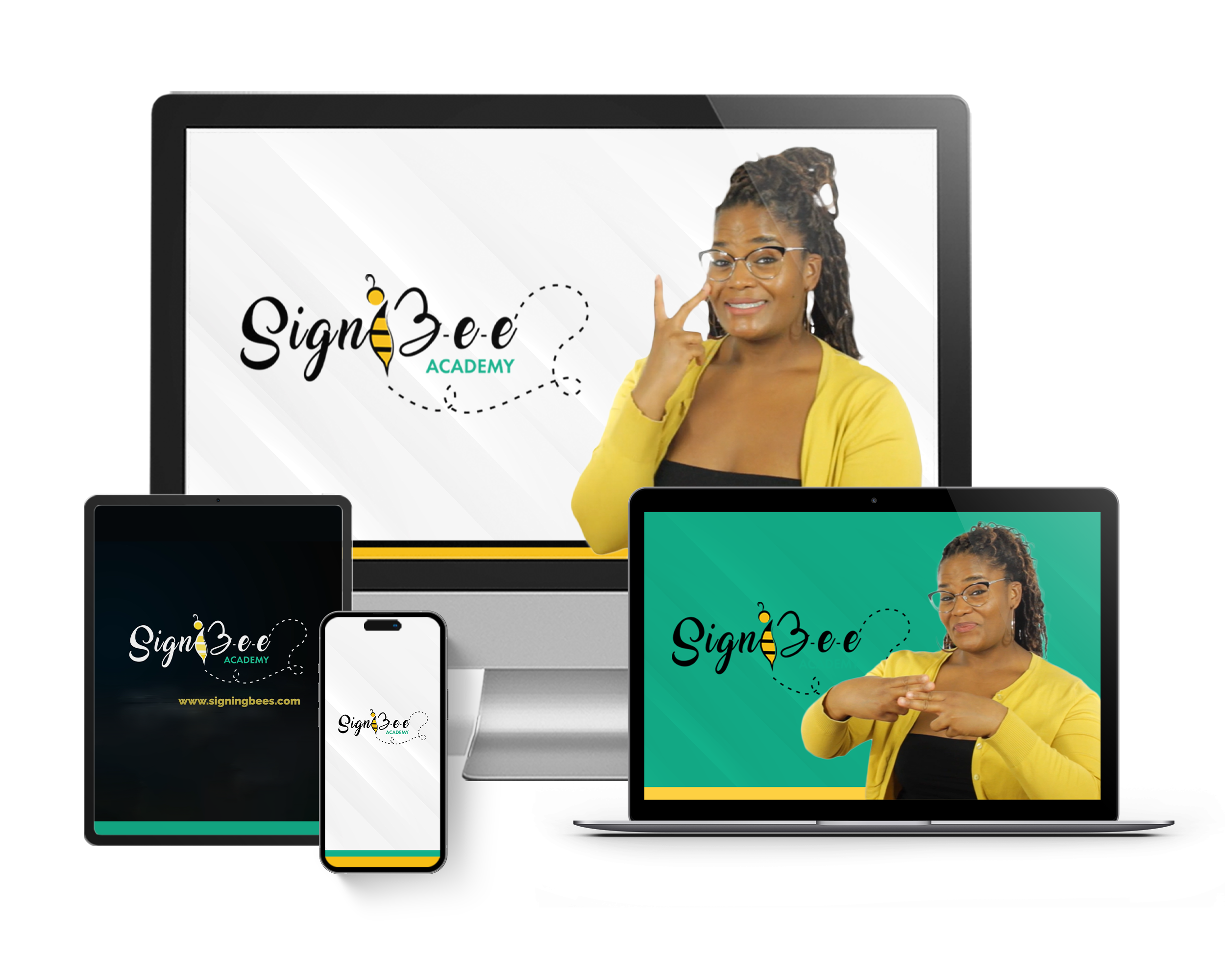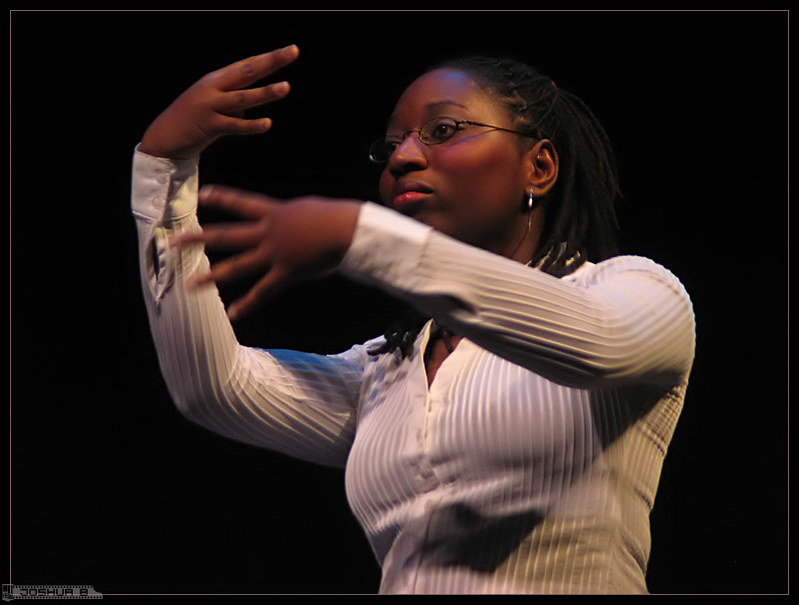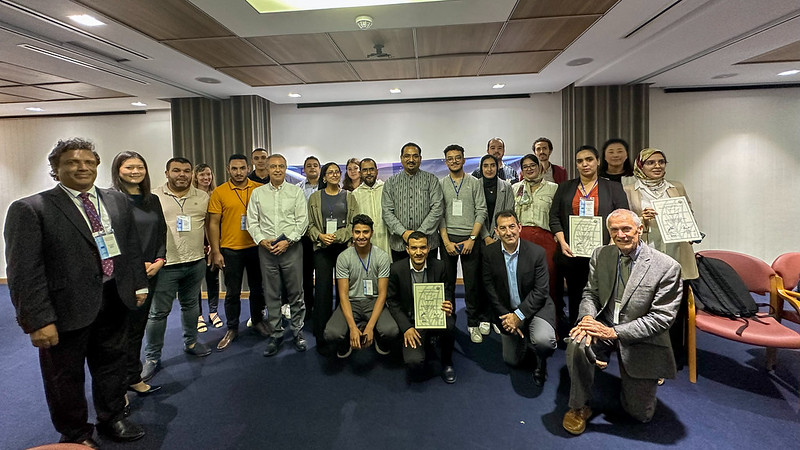Have you picked a new interest in learning ASL? Perhaps your interest could be because you recently met deaf or hard of hearing individual(s) and you struggled to communicate with them or you got sensitized on the deaf community/ deaf culture and you would want to go a step further than being aware of being a part of it. Whether it is any of these reasons or not, what’s important is that you are ready to learn ASL.
Are there things about ASL you should know before you delve into learning the language? Yes! Let’s see what you need to know about ASL in this article.
ASL is All About Visuals
You must have seen the statement “ASL is a visual language” on many platforms. This statement is very true because what is basically needed during communication using ASL is one party looking at and understanding the body gestures (especially the hand and eye movements) of the other party or parties involved. And yes, your eyes communicate during interactions involving ASL.
So, you must remember to actively involve your eyes while listening and communicating with ASL as much as you are intent on getting your signs correctly.
Learning the Alphabets in ASL is Just as Important
Image by Leo Reynolds on Openverse
Image by Jazz Davis on Openverse
Most alphabets of many languages are usually the first things learned before anything else. The major reason for this is that when you learn the alphabets, partial yet meaningful communication can exist before a full comprehension of the language. This is a fact as regards ASL too. In sign language learning, to sign alphabets is known as FINGERSPELLING. Therefore, go ahead and learn how to fingerspell alphabets as well as numbers in ASL (the extent you will want to go with numbers depends on you) and be comfortable using them before you learn other stuff in the language.
ASL is Different in Different Places
Get prepared to learn ASL and meet somebody who’s learned ASL but signs some words differently. The little disparities in ASL are called ASL dialects. These dialects shouldn’t discourage you from learning ASL because they do not interfere with having good ASL conversations.
ASL and Deaf Culture
ASL is closely tied to the deaf culture and deaf communities. If you are seriously considering moving from communicating with one or two deaf individuals (families or friends) to joining a deaf community and understanding the deaf universe (the deaf culture), then learn ASL and learn it like you really care about these people who might be different (speech wise) but are just like you in every other way.
Learning ASL is a Multilingual Bonus
When you learn ASL, consider it as a step towards being bilingual or multilingual. This is important because some hearing individuals might be tempted to consider ASL as too separate a language and having nothing to do with their ambition to learn more than one language and become multilingual.
Can you communicate with others using ASL? Since the answer is yes, it’s enough to debunk this misconception. If you’ve successfully learned ASL, you are considered bilingual or multilingual.
Entertainment Can be Found in ASL
Entertainment can be found with ASL mostly through storytelling. Can you imagine how animated it will be telling/enjoying a story with the hands and eyes moving to tell it? Also, poetry can be enjoyed via ASL as well.
ASL is Legally Acceptable
It’s already known that ASL is socially and culturally acceptable. But how about legally? It is as well.
Tools You Need to Begin Your ASL Journey
Your Willingness
Are you willing to learn the language? The higher your willingness, the higher your chances of finishing your ASL lessons because there are going to be times when you’ll want to give up, it’s your reason for beginning in the first place, and the strength of your willingness that will see you through.
Regular Interaction With Deaf Individuals and a Deaf Community
Do not learn ASL in isolation, if you do, you won’t enjoy the before, during, and after of the learning process. Regular interaction with deaf individuals and with a deaf community has a way of giving you focus.
Proficiency Tests
Especially when you are at the initial stage of the learning process, while you interact with deaf or hard of hearing individuals, you could take some ASL assessment tests to sharpen your understanding of the language. Though this can be very theoretical, it doesn’t rule out its significance.
Diverse Range of ASL Resources
Whether it’s attending an onsite ASL class or using online resources, be open-minded about what ASL resources you can use to become proficient in ASL. SignBee Academy has a wide range of ASL resources to speed your ASL learning. You can also learn at your own pace. Either way, it is a win-win.
Family and Friend Support
There’s nothing as beautiful as getting “thumbs up! And cheers from people you care about telling you to keep up the learning journey. Some people couldn’t continue learning ASL because they weren’t encouraged to by those around them. It’s usually harder if there’s no ‘moral support.’
Conclusion
This article has majorly looked at what you need to know if you are just beginning your journey to learning ASL, telling you that ASL is visual all the way, diverse, a pathway to your being multilingual and to crown it all has legal backing, therefore, nothing should stop you from learning the language.
Start signing with me at SignBee Academy today and enjoy ASL lessons that will make you proficient in ASL.
What you do with the sign language is largely up to you. But it’s best when you utilize all the tools you have available, whether it’s attending ASL onsite classes, connecting with others who share a passion for ASL (joining an active ASL community), sharing your journey with family members and friends who care for your language learning progress or engaging in regular ASL proficient tests, the result is what you choose to do with it. Make the right decision today.
Thumbnail Photo Credit to Image by Joshua B on Openverse





